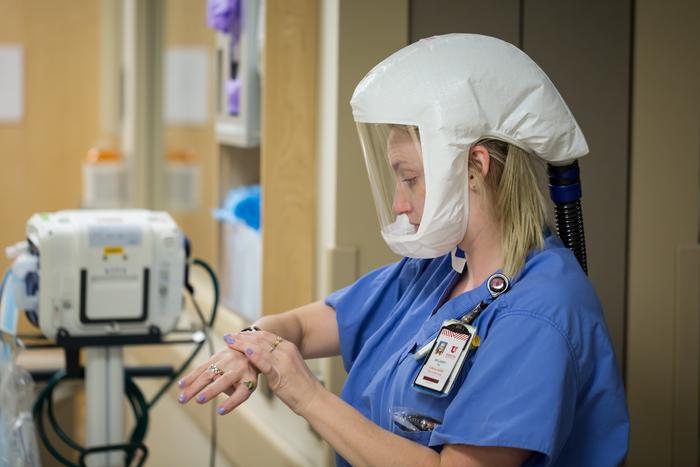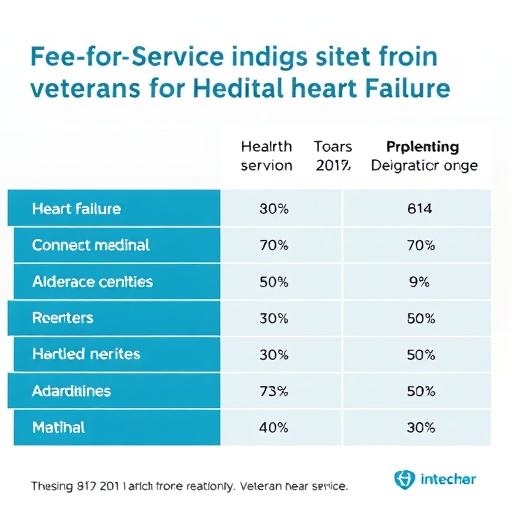
In a groundbreaking study published in JAMA Network Open, researchers have uncovered alarming new insights into the dynamics of Clostridium difficile (C. diff), one of the most pervasive and dangerous hospital-acquired infections. Historically, it was believed that C. diff primarily spread through direct patient contact; however, this recent examination suggests that bacteria can migrate stealthily between patient environments with unforeseen ease. This revelation could reshape how hospitals approach infection control strategies, potentially mitigating the spread of this formidable pathogen.
Clostridium difficile infection is associated with severe gastrointestinal distress, often resulting in debilitating diarrhea, severe abdominal pain, and fever. In the United States, it’s estimated that C. diff contributes to nearly half a million infections annually, leading to significant morbidity and mortality. The lethality rate ranges alarmingly high for those affected, especially seniors, with estimates citing approximately 6% of cases resulting in death. This potent bacterium thrives in healthcare settings, but the nuances of its transmission have remained partially veiled.
Through meticulous observation of nearly 200 patients in two intensive care units (ICUs), investigators collected thousands of samples from various surfaces, patient environments, and health care providers’ hands. Utilizing advanced techniques like whole genome DNA sequencing, the team was able to scrutinize the genetic makeup of different C. diff samples. By identifying the genetic distinctions among samples, researchers traced the pathways of bacterial movement across the hospital landscape.
To their surprise, results revealed that C. diff was present in about 10% of patient ICU encounters, with the the bacterial strains often showing genetic similarity between patients and their immediate surroundings. This finding suggests that bacteria are not just simple contaminants but are actively transiting through environments in ways previously underestimated. The implications of these findings suggest a much more significant environmental role in the transmission dynamics of C. diff.
In an interesting turn, researchers observed that more than half of the identified potential transmission events did not occur concurrently between patients in the hospital, highlighting the remarkable resilience of C. diff. This bacterium can survive on surfaces long after initial contamination, capable of withstanding standard decontamination efforts, such as routine cleaning and even alcohol-based hand sanitizers. Such survival abilities raise critical questions about the effectiveness of current infection prevention measures in hospital settings.
Despite some strains of C. diff being harmless, the observed movement puts at risk the potential for pathogenic strains to propagate undetected. The researchers underscore the necessity for enhancing the vigilance of healthcare providers regarding infection control protocols. By establishing tighter controls and improving the understanding of bacterial ecology in hospital environments, the potential to reduce infection rates significantly increases.
Patients are unwittingly affected by this bacterial cohabitation within healthcare settings. The presence of C. diff on surfaces such as bedrails, medical equipment, and even healthcare providers’ clothing could facilitate its obscure transmission pathways. This research opens the discussion for adopting more robust infection prevention strategies within healthcare facilities, focusing on cleaning protocols that target the hard-to-eliminate bacterial spores that cause infections.
While previous protocols have centered on patient-to-patient transmission, this study urges healthcare institutions to prioritize environmental cleanliness. It emphasizes the necessity of breaking the cycle of infection by focusing greater attention on environmental factors that contribute to contagion within ICUs. This will require not only an enhanced cleaning regimen but also a re-evaluation of how healthcare providers approach hand hygiene practices and personal protective equipment.
The urgency of addressing these transmission dynamics is compounded by the significant burden C. diff places on the healthcare system. Increased infection rates not only threaten patient outcomes but also result in longer hospital stays and heightened healthcare expenses. Through better understanding and strategies, the hope is to alleviate these concerns and safeguard patients against the invisible threats lurking in hospital environments.
Prominent figures within the study, such as Dr. Michael Rubin—epidemiologist and infectious diseases expert—advocate for strengthening infection prevention practices. They stress that the adherence to existing guidelines must be reinforced and expanded to include a comprehensive understanding of environmental transmission dynamics. The profound implications of their findings have the potential to shift the paradigm of C. diff infection control practices in hospitals.
The overarching message from this research is clear: vigilance in infection control must extend beyond direct patient interactions. As environments play a critical role in the persistence and transmission of C. diff, hospitals must embrace a broader approach to infection prevention. The findings serve as a clarion call for healthcare providers to innovate and enhance the protocols used in the fight against hospital-acquired infections.
Through these revelations, we may witness a paradigm shift toward more robust infection control methodologies that will significantly alter the landscape of patient safety in hospitals. As new insights unfold, attention to the seldom-explored environmental vectors of infection could lead to significant advancements in how healthcare providers combat pervasive pathogens like C. diff, ultimately improving clinical outcomes for vulnerable patient populations.
The results elucidated by this research not only highlight the complexities of C. diff transmission but also ignite a renewed commitment among healthcare professionals to forge ahead with enhanced infection prevention measures. The study serves as a crucial reminder of the essential nature of rigorous hygiene practices and the need for continual evaluation of hospital environments to safeguard patient health against this enduring and formidable threat.
Subject of Research: Clostridium difficile (C. diff) infection transmission dynamics.
Article Title: Uncovering the Stealthy Spread of C. diff: New Research Challenges Previous Assumptions.
News Publication Date: April 4, 2025.
Web References: JAMA Network Open – Environmental and Health Care Personnel Sampling and Unobserved Clostridium difficile Transmission in ICU
References: DOI
Image Credits: Charlie Ehlert / University of Utah Health
Keywords: C. difficile, infection control, healthcare settings, bacterial transmission, infection prevention.
Tags: advanced DNA sequencing in microbiologyClostridium difficile infection controlhealthcare-associated infection preventionhospital-acquired infections researchICU infection spread dynamicsinfection control strategies in hospitalsJAMA Network Open study findingsmorbidity and mortality of C. diffpatient environment contaminationpublic health implications of hospital infectionssevere gastrointestinal distress pathogensstealth transmission of C. diff





